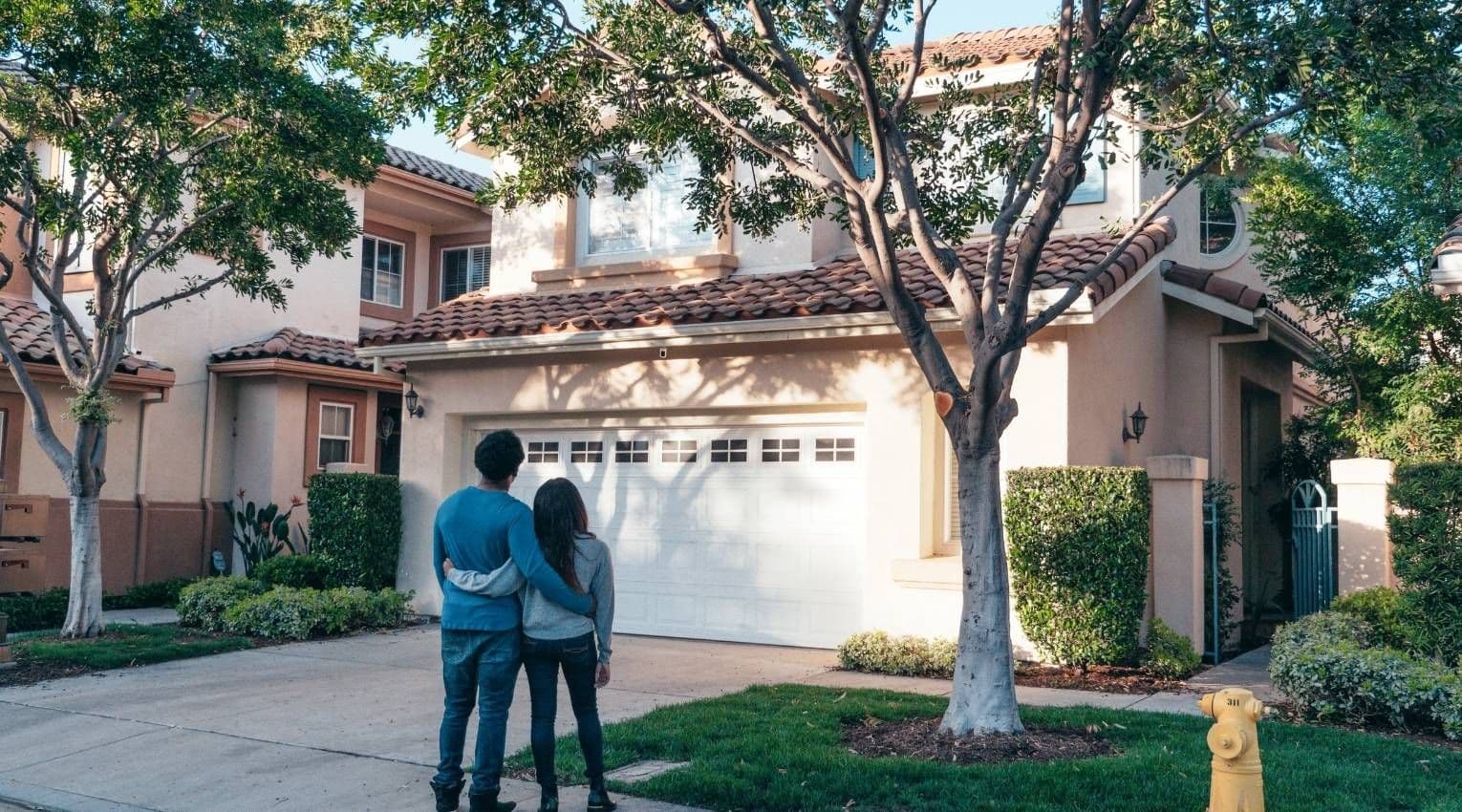Help! I'm 50 and Have Nothing Saved for Retirement

Mention the words “comfortably retired” and many Americans break into a cold sweat. Retirement, in the comfortable sense, may be a distant goal for many. According to a recent survey, 42% of Americans will “retire broke,” meaning they have $10,000 or less saved for their retirement. If you’re one of this group, don’t despair: Even if you’re close to retirement age, it’s never too late to start saving.
Let’s say you’re 50 and you’ve got nothing saved for retirement…so far. What should you do? Here’s a road map to get going with your retirement savings plan.
Start Saving for Retirement Today
If you’re 50 and hope to retire around age 65, that means you have a solid 15 years to build a retirement savings. If you have an employer-sponsored retirement plan, start there.
The maximum for people 50 and over to contribute to a traditional 401(K) is currently $31,000 a year.
“At the very least, contribute the amount the employer will match," says Alexandra Baig, an Illinois-based CFP®. "If you can live without the current tax deduction and your employer offers a Roth 401(k) option, contribute to that instead of the traditional.”
If you’re self-employed or your employer doesn’t offer a 401(k) plan, look into individual retirement accounts (IRAs) where you can contribute on your own. While you won’t have a match, you’re still building your savings—and moving in the right direction.
To make up for lost time, experts recommend individuals starting to save for retirement at 50 should aim to save 30% of their income each year.
But if saving the maximum of $31,000 or 30% of your income annually is too steep, don’t worry: Saving something is better than nothing. To find out what you can start putting away for retirement savings, it’s time to start budgeting.
Make a Realistic Budget that Prioritizes Retirement
Take a look at your monthly earnings and spending, and see what can be repurposed toward retirement savings.
“Create a realistic budget to determine how much cash you have left from your take-home (after-tax) income after paying your other required expenses, such as mortgage, property taxes and insurance, utilities, food, clothing, personal bills, and medical bills,” says Baig. “Look very hard at any optional expenses such as recreation or eating out that you can cut down or eliminate.” Any unnecessary spending that can be reallocated toward retirement will not only be saved with tax benefits but it will grow from compound interest over time.
Speaking of interest, Baig recommends cutting back on credit card usage and/or never carrying a balance. “Don’t put anything on a credit card that you cannot pay off in the same month to avoid wasting money paying high interest,” she says. “This will maximize how much money you can commit to retirement investments.”
If You Can, Plan to Work Longer
The longer you can work, the better your retirement savings will be. By deferring tapping into your savings, you’ll let that larger pool of money continue to grow. You’ll also maximize your Social Security earnings by waiting to start collecting (especially if you wait to retire until age 66 or older). Additionally, your continued earning potential means you’ll continue to add to your savings while also (most likely) requiring fewer lifestyle changes.
Diversify and Adapt Your Investments over Time
While it may sound like a stuffy financial term, diversification simply means not investing everything you have in one area. You’ve probably heard the phrase “don’t put all your eggs in one basket” many times in your life. That applies to investing. You want not only a mix of assets but a mix of asset classes: individual stocks, mutual funds, bonds, real estate.
Unfortunately, the typical retirement-age couple does not have a diverse portfolio. Most have too much of their money tied up in equities, like their homes. Since markets can become volatile at any time, diversifying your portfolio now can help safeguard—and grow—your retirement savings.
“Pick an investment portfolio that allows for some growth,” Baig says. If you begin investing for retirement at age 50 and plan to work until your mid- to late-60s, “then you still have a long- to mid-term time horizon,” she says, “which means you can tolerate some market swings. To the extent possible, do not invest in any fixed-income instrument that yields less than the average expectation for long-term inflation (generally 2%).” To mitigate the risk for late-starters of outliving their money, Baig recommends portfolios that favor equities. To maximize the returns for the investor, she suggests low-cost investments such as index funds.
“As you get closer to retirement, divide your money into ‘buckets’,” she adds, “one for use in the first 10 years of retirement, one in the next 10, one in the final 10. Move only the first bucket into the more conservative investments. Keep the other two in more aggressive investments until it gets closer to the time to tap each.” This way, you’ll balance out your risk for the money you need soon while enabling the money you’ll need later to continue to grow.
Don't forget about what's likely the largest asset at your disposal: your home. When you know how much your home is worth — and how much equity you have — you can make more confident decisions about how to leverage it. Your Home Equity Dashboard can help you keep track of both your home’s value and equity over time, easily and for free. Get started today by creating an account!
You should know
We do our best to make sure that the information in this post is as accurate as possible as of the date it is published, but things change quickly sometimes. Hometap does not endorse or monitor any linked websites. Individual situations differ, so consult your own finance, tax or legal professional to determine what makes sense for you.



